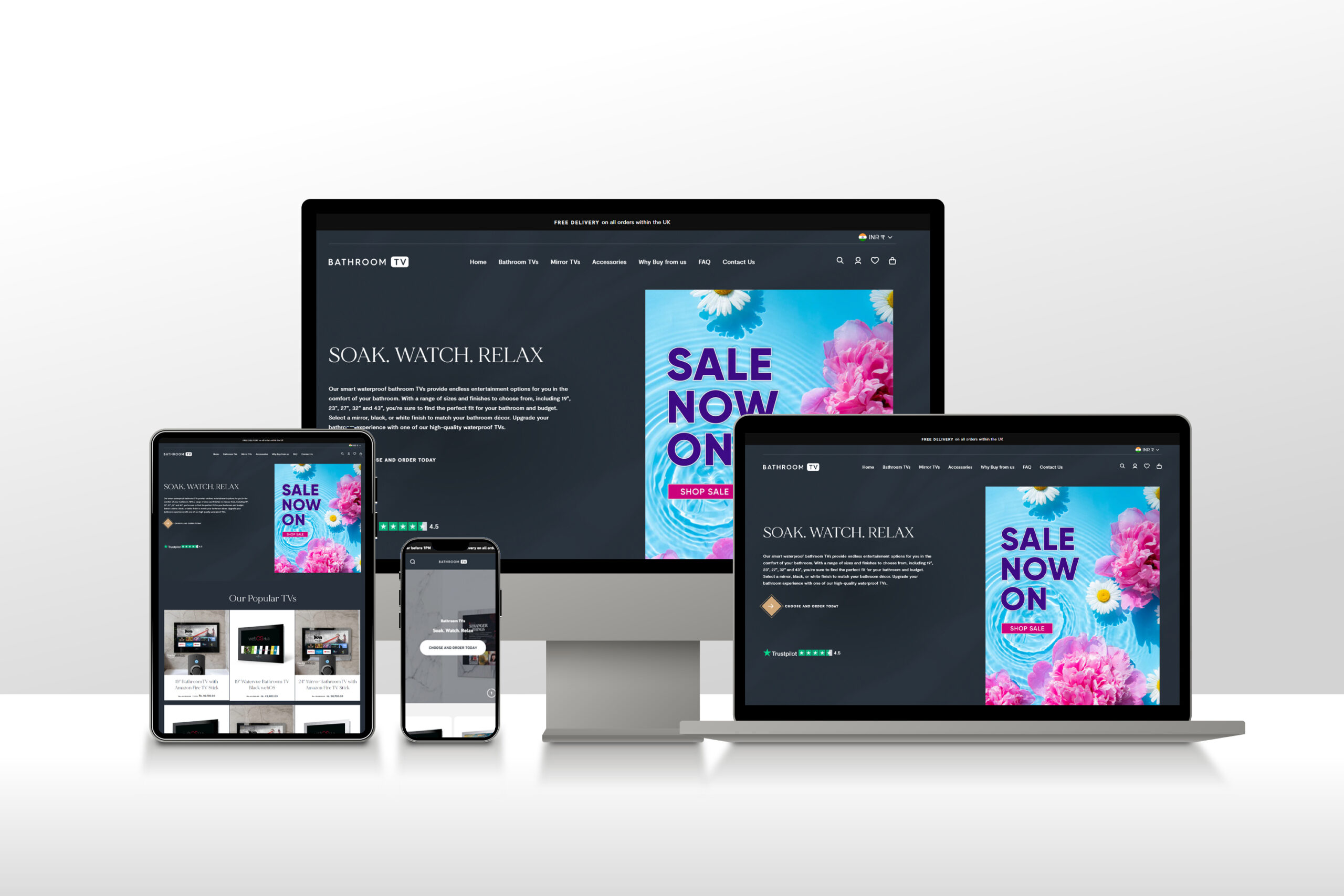Introduction
In today’s competitive e-commerce landscape, design isn’t just about aesthetics — it’s a core driver of engagement, conversion, and brand identity. Your Shopify store’s theme is the digital face of your brand, shaping the entire customer experience from the first click to the final checkout. While Shopify offers a wide range of pre-built themes, creating a custom Shopify theme unlocks a world of possibilities — from seamless functionality to stunning, brand-aligned design.
At Shopylyst, we specialize in crafting tailor-made Shopify themes that combine performance, creativity, and user experience to help brands stand out in the digital marketplace. This guide will walk you through everything you need to know about building a custom Shopify theme — from planning and design to development and optimization.
1. Why a Custom Shopify Theme Matters
Your website is more than a storefront; it’s your brand’s story told through design. A custom Shopify theme gives you the freedom to align every detail — layout, typography, colors, navigation, and features — with your brand’s personality.
Here’s why investing in a custom theme makes sense:
- Unique Brand Identity: Pre-made themes limit creativity. A custom design ensures your store looks and feels one-of-a-kind.
- Optimized User Experience: Build around your audience’s needs, with smooth navigation, responsive layouts, and intuitive design.
- Scalability: Custom themes grow with your business. Add new features, integrations, or pages without design restrictions.
- SEO & Speed Advantage: A lightweight, well-coded theme enhances page speed and search engine visibility.
- Seamless App Integration: Customize how Shopify apps and third-party tools interact with your storefront.
At Shopylyst, we focus on functionality and aesthetics — ensuring your store doesn’t just look good but performs exceptionally well.
The true entrepreneur is a doer, not a dreamer. Innovation is the catalyst that transforms ideas into reality. In today’s fast-paced world, success depends not on just surviving change.
Kevin Hooks
2. Planning Your Custom Shopify Theme
Before diving into design or development, strategic planning is key. This stage defines your theme’s purpose, target audience, and desired outcomes.
Step 1: Define Your Brand Identity
What makes your brand different? Your theme should reflect your tone, style, and values. Whether you’re a minimalist fashion brand or a bold tech startup, design decisions should align with that vision.
Step 2: Map the Customer Journey
Consider how customers navigate your site — from homepage to checkout. Identify friction points and optimize them.
Step 3: Research Competitors
Analyze what’s working for your competitors and what isn’t. A competitive analysis helps you identify gaps and opportunities.
Step 4: Create a Wireframe or Prototype
Outline page structures, menu layouts, and content sections. Tools like Figma or Adobe XD help visualize your design before development begins.
At Shopylyst, our design team collaborates closely with clients during this phase to create wireframes that balance creativity with functionality.
3. Designing for Performance and Aesthetics
A visually appealing website can attract attention, but it’s performance that keeps visitors engaged. A great custom Shopify theme achieves both.
- Focus on Simplicity and Clarity
Clean layouts, high-quality images, and easy navigation are key. Avoid clutter — every element should serve a purpose. - Responsive Design
Mobile commerce is growing rapidly. Your theme must adapt seamlessly across all devices and screen sizes. - Consistent Branding
Typography, color palettes, and imagery should be consistent across pages to reinforce brand recognition. - Accessibility Matters
Ensure your theme follows accessibility best practices (contrast ratios, alt text, keyboard navigation) to reach all users. - Performance Optimization
Heavy animations, oversized images, and excessive scripts slow down your site. At Shopylyst, we use optimized coding practices and lightweight assets to deliver lightning-fast load times.
4. Development: Bringing Your Theme to Life
Once your design is approved, it’s time to bring it to life through development. Shopify themes are built using Liquid, Shopify’s templating language, along with HTML, CSS, JavaScript, and JSON templates.
Key Development Phases Include:
- Theme Structure Setup: Create the essential files — layout, templates, sections, and snippets.
- Dynamic Sections: Use Shopify’s Online Store 2.0 capabilities to make each section customizable.
- Integrations: Seamlessly connect third-party apps, analytics tools, and payment gateways.
- Testing: Perform cross-browser, mobile, and speed tests to ensure smooth performance.
- Launch & Optimization: Once live, track user behavior and make data-driven improvements.
Our development experts at Shopylyst ensure that every custom Shopify theme is not only visually stunning but also technically sound — optimized for speed, security, and SEO.


5. Essential Features to Include
Your custom Shopify theme should include features that enhance usability, drive conversions, and improve customer experience. Some essentials include:
- Mega Menus: For organized, easy navigation.
- Quick View & Wishlist: Simplify the shopping journey.
- Sticky Add-to-Cart Buttons: Encourage faster checkouts.
- Product Filtering & Sorting: Help users find exactly what they want.
- Custom Product Pages: Showcase unique selling points with style.
- Blog Integration: Great for SEO and storytelling.
- Multilingual Support: Expand globally with ease.
Each feature can be customized to fit your brand’s identity and customer preferences, something Shopylyst emphasizes in every project.
6. Optimizing for SEO and Conversions
Even the most beautiful website needs visibility. SEO optimization ensures your store ranks higher and attracts more organic traffic.
Key SEO Practices:
- Use clean, semantic code.
- Optimize images with descriptive alt text.
- Implement schema markup for products.
- Maintain fast page load speeds.
- Write keyword-rich, value-driven content.
Conversion Optimization Tips:
- Add clear calls-to-action (CTAs).
- Use high-quality product images and videos.
- Offer trust badges, reviews, and testimonials.
- Simplify checkout and minimize steps.
At Shopylyst, we integrate SEO best practices during development — ensuring your store performs well from day one.
7. Testing and Post-Launch Support
After launch, continuous monitoring is essential. Check for bugs, test new features, and optimize performance. Shopify regularly updates its platform, so keeping your theme compatible ensures a smooth customer experience.
At Shopylyst, we provide post-launch support and maintenance — from bug fixes to feature upgrades — so your store always stays ahead of evolving trends.
8. Partnering with Shopylyst for Your Custom Shopify Theme
Building a custom Shopify theme can feel complex, but with the right partner, it becomes an exciting, creative journey. Shopylyst combines design innovation with technical expertise to create themes that not only look stunning but also drive measurable business results.
Whether you’re starting from scratch or revamping an existing Shopify store, our team delivers:
- Tailored designs that reflect your brand identity.
- Scalable, high-performance code.
- Seamless integrations and optimized UX.
- Ongoing support and updates.
With Shopylyst, your Shopify store transforms into a high-performing, conversion-focused experience that captivates customers and elevates your brand presence online.

Final Thoughts
A custom Shopify theme is an investment in your brand’s digital future. It gives you creative control, improves user experience, and strengthens your store’s competitive edge.
At Shopylyst, we believe that every pixel, every interaction, and every line of code contributes to your brand’s success. If you’re ready to craft brilliance and build a Shopify store that truly represents your brand, our expert team is here to make it happen.



